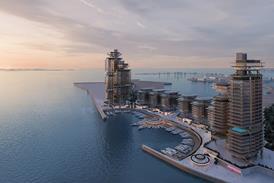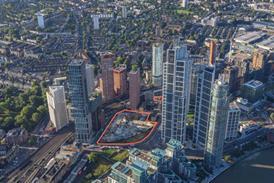- Home
- Intelligence for Architects
- Subscribe
- Jobs
- Events

2025 events calendar Explore now 
Keep up to date
Find out more
- Programmes
- CPD
- More from navigation items
Fosters serves up completed Spanish winery project

Practice unveils a new visitor centre built for Rioja producer Bodegas Faustino
Foster & Partners has completed a major extension of a winery in northern Spain for Rioja producer Bodegas Faustino.
Commissioned by the fourth generation of the Martínez Zabala Family, the project includes a new timber visitor centre and a refurbishment of existing facilities at the site in Oyón.
…
This content is available to registered users | Already registered?Login here
You are not currently logged in.
To continue reading this story, sign up for free guest access
Existing Subscriber? LOGIN
REGISTER for free access on selected stories and sign up for email alerts. You get:
- Up to the minute architecture news from around the UK
- Breaking, daily and weekly e-newsletters
Subscribe to Building Design and you will benefit from:

- Unlimited news
- Reviews of the latest buildings from all corners of the world
- Technical studies
- Full access to all our online archives
- PLUS you will receive a digital copy of WA100 worth over £45
Subscribe now for unlimited access.






